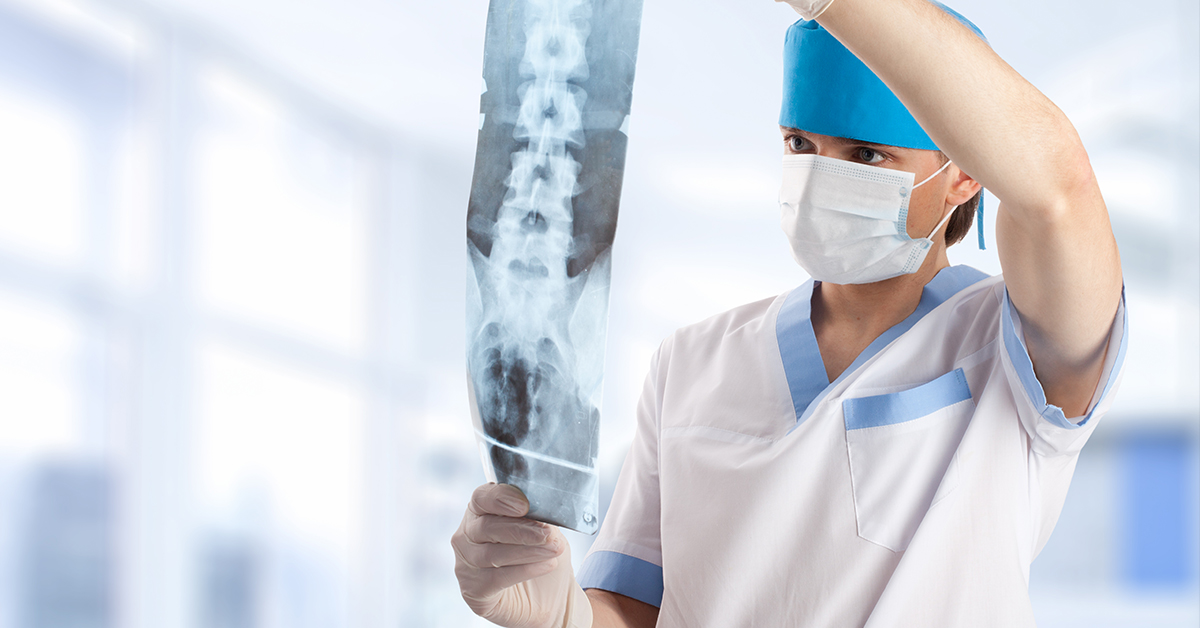How Insurance coverage Works with the Best Spine Surgeons in St Louis MO
How Insurance coverage Works with the Best Spine Surgeons in St Louis MO
Blog Article
An Overview of Spine Conditions That Typically Result in Surgical Therapies
Back conditions such as herniated discs, spine stenosis, and degenerative disc condition frequently necessitate medical interventions when conventional therapies stop working to relieve consistent signs and symptoms. These problems not just bring about substantial pain but can likewise drastically harm day-to-day performance and overall high quality of life. Understanding the nuances of each condition and the equivalent surgical options, such as discectomy or spinal blend, is important for efficient management. As we explore these conditions additionally, it ends up being obvious that the decision-making process surrounding surgical treatment is complex and warrants mindful consideration.
Herniated Discs
Although many people with herniated discs may find alleviation via conventional treatments, surgery ends up being a needed consideration when signs and symptoms persist or intensify - best spine surgeons in st louis mo. A herniated disc occurs when the soft internal gel of a spinal disc extends via its outer layer, possibly compressing neighboring nerves and leading to pain, tingling, or weak point in the extremities
Conventional administration commonly includes physical treatment, discomfort medications, and corticosteroid injections, which intend to decrease inflammation and improve feature. In cases where these techniques fail to ease debilitating signs, surgical alternatives may be checked out.
The most typical procedure for herniated discs is a discectomy, which includes the elimination of the herniated section of the disc to alleviate stress on the affected nerve root. In much more serious situations, spinal fusion may be needed to support the influenced vertebrae.
Patients are recommended to go over the possible dangers and advantages of surgical treatment with their doctor to make an educated decision. Eventually, the goal of any type of surgical intervention is to restore function, minimize pain, and improve overall high quality of life for individuals struggling with herniated discs.
Spine Stenosis
Back stenosis occurs when the spaces within the back slim, causing raised stress on the back cord and nerves. This condition can create in various regions of the back, consisting of the lumbar and cervical locations, often due to age-related changes, such as degenerative disc illness, arthritis, or thickening of tendons.
People with spine stenosis might present with symptoms that include pain, pins and needles, prickling, or weak point, primarily in the legs or arms. These signs and symptoms can be exacerbated by tasks that include standing or walking, commonly leading individuals to seek alleviation through conventional treatments like physical treatment, medicines, or epidural steroid injections.
Nonetheless, when these non-surgical treatments fall short to supply sufficient alleviation, surgical alternatives might be taken into consideration. Common procedures for spine constriction include laminectomy, which entails the removal of component of the vertebra to alleviate pressure, and back combination, which stabilizes the affected location. The decision to go after surgery is commonly based on the extent of signs, the degree of practical disability, and the total health of the individual. Prompt medical diagnosis and administration are crucial to avoid further neurological compromise and boost lifestyle.
Spondylolisthesis
Spondylolisthesis happens when one vertebra slips forward over an additional, causing imbalance of the spine. This problem can result from various factors, including congenital problems, injury, or degenerative changes in the spinal column. It is most frequently observed in the back region, especially at the L4-L5 and L5-S1 levels.

Treatment alternatives vary based upon the seriousness of the slippage and the symptoms provided. Conservative steps, consisting of physical therapy, pain administration, and task alteration, are typically the first line of defense. When non-surgical approaches fail to alleviate signs and symptoms or when considerable nerve compression is present, surgical intervention may be called for. Surgical choices can include back blend or decompression treatments, targeted at recovering positioning and reducing neurological signs. Early diagnosis and ideal monitoring are critical for optimal outcomes in clients with spondylolisthesis.
Degenerative Disc Illness

The condition can be detected with a combination of professional assessment, imaging studies, and client history. When these methods stop working to give adequate relief, medical interventions may be considered.
Surgical options for DDD may consist of spine combination or artificial disc substitute, intended at maintaining the influenced section and reducing discomfort (best spine surgeons in st louis mo). Eventually, the selection of treatment is individualized, considering the intensity of the condition, individual wellness, and lifestyle elements
Back Lumps

What factors add to the advancement of tumors within the spinal column, and how do they manifest in clients? Spinal growths can occur from different variables, consisting of hereditary predisposition, environmental impacts, and pre-existing clinical problems. They can be categorized as primary growths, coming from the back, or second growths, which spread from other regions of the i was reading this body. Clients may provide with a series of symptoms, including localized pain, neurological deficits, weakness, or modifications in digestive tract and bladder feature, relying on the lump's dimension and place.
Surgical intervention may be necessitated to alleviate signs and symptoms, obtain a biopsy, or get rid of the tumor completely. The objective of surgical treatment is often to decompress neural components and stabilize the spinal column. Early discovery and intervention are vital for optimizing results in people with spinal growths.
Conclusion
In summary, spinal column problems such as herniated discs, spinal constriction, spondylolisthesis, degenerative disc disease, and spine growths regularly demand surgical treatment as a result of their potential to create significant pain and useful disability. While conventional therapies may use temporary relief, surgical choices come to be vital when signs and symptoms worsen or linger. Prompt medical diagnosis and treatment play an important function in recovering feature and boosting the high quality of life for afflicted individuals, highlighting the relevance of thorough back treatment.

Report this page